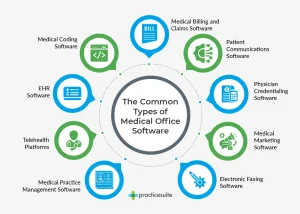
You can make accounting journal entries in two different ways. One is for a debit transaction, where you record a debit and credit amount. This type of journal entry shows a list of accounts that match the account you’ve selected. Another type of journal entry is for a credit transaction. In a credit transaction, you record a credit amount and account name. It’s also possible to include a branch, although that’s not necessary. Journal entries without branches will not show up in the ledger.
The correct journal entry should include both a credit and debit amount and a reference number for the transaction. A good reference number is one that uniquely identifies each transaction. If you’re too busy to do this by hand, you can use an online tool like Skynova to manage your accounting in a more convenient way. We have made it easy to track your business’s accounting with Skynova. If you’re too busy to do it yourself, it’s possible to automate your journal entries.
In accounting, there are five different account categories. Journal entries must fall into one of these categories. One of these is an expense account, while another is an asset account. An entry will either increase or decrease an account balance. For example, an entry to the cash account would increase expenses, but decrease assets. So, it makes sense to identify a credit account, as opposed to an expense account. But which account should you use for your debits?
Journal entries are an essential part of the accounting process, but it can be time-consuming and error-prone. The right software can automate and simplify the journal entry process. It can help small businesses or companies without bookkeepers. It allows them to record all kinds of transactions – from adjusting entries to accrued interest. They also allow you to manage day-to-day expenses. If you’re looking for a new way to automate your accounting, consider using accounting software.
Adjustment entries are another way to record changes to accounts that weren’t recorded in a journal. They are recorded in the general ledger at the end of an accounting period, and are performed in accordance with revenue recognition principles. Common examples of adjustment entries are accruals and reversing journal entries. Expense accruals are expenses that a company reports before they are paid. Examples of revenue accruals include products or services delivered, but not yet invoiced.
An accounting journal entry is a written record of an accounting transaction. It must have equal credit and debit amounts. Sometimes, journal entries are recorded in sub-ledgers, which are then rolled into the general ledger. This information is used to compile financial statements. An accounting journal entry will always impact at least two accounts. For example, if a business sold a product, a debit entry will be recorded against one account and a credit entry will be recorded against the other.







